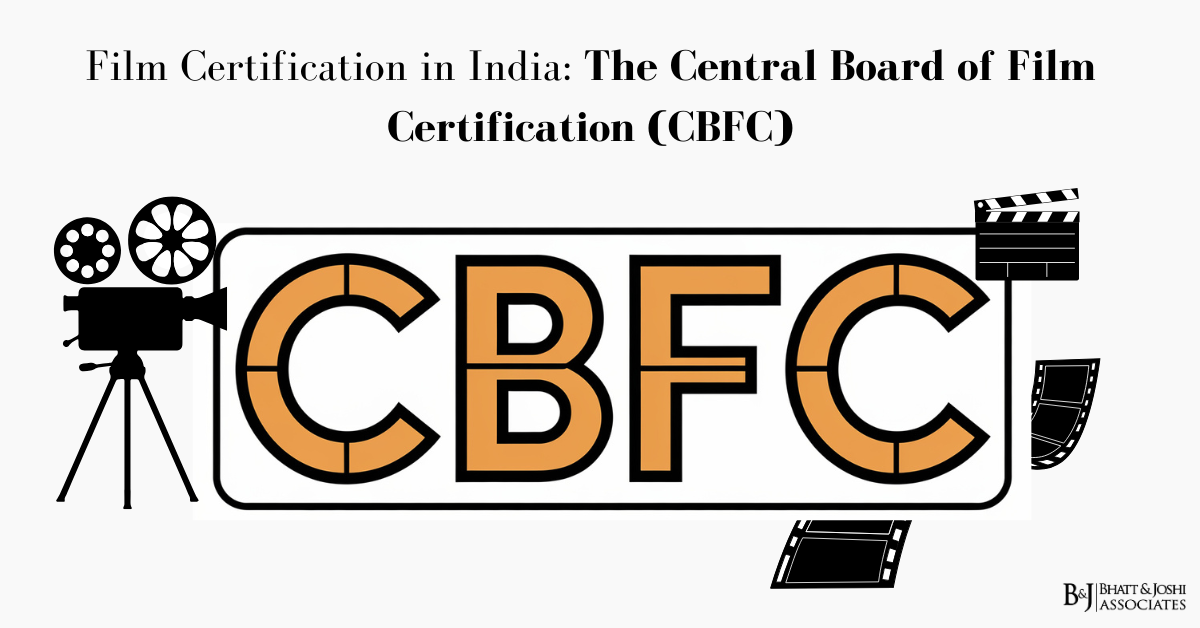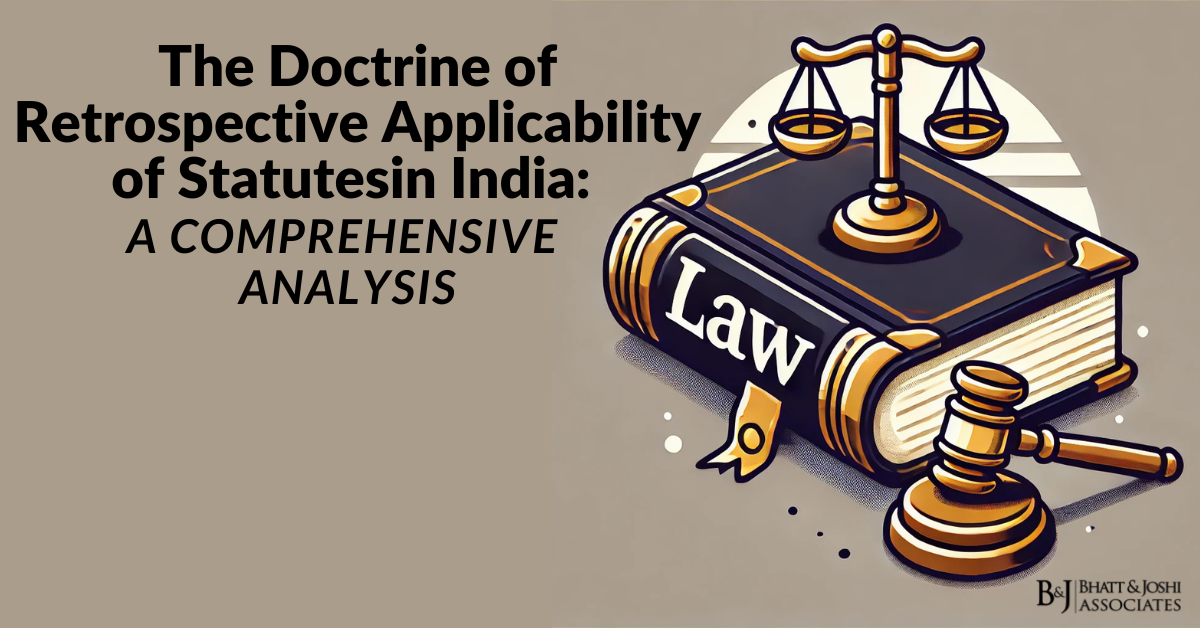Introduction
Film certification in India is a complex and often controversial process, overseen by the Central Board of Film Certification (CBFC), colloquially known as the Censor Board. This statutory body under the Ministry of Information and Broadcasting plays a crucial role in regulating the public exhibition of films in India. This report delves into the intricate workings of the CBFC, its legal framework, processes, and the challenges it faces in balancing artistic freedom with social responsibility.
Historical Context
The history of film censorship in India can be traced back to the colonial era. The Cinematograph Act of 1918 first introduced the concept of censorship, primarily to control anti-colonial sentiment in films. Post-independence, the Cinematograph Act of 1952 established the Central Board of Film Censors, which was renamed the Central Board of Film Certification in 1983, emphasizing its role in certifying rather than censoring films.
Structure and Composition of the Central Board of Film Certification (CBFC)
The CBFC is headed by a Chairperson appointed by the Central Government. The board consists of non-official members representing various interests of the society, including film, social sciences, law, education, and art. Regional offices of the CBFC are located in major cities across India.
The Cinematograph Act, 1952, in Section 3(1) states:
“For the purpose of sanctioning films for public exhibition, the Central Government may, by notification in the Official Gazette, constitute a Board to be called the Board of Film Certification which shall consist of a Chairman and not less than twelve and not more than twenty-five other members appointed by the Central Government.”
Legal Framework Governing Film Certification in India
The primary legislation governing film certification in India is the Cinematograph Act, 1952, and the Cinematograph (Certification) Rules, 1983. These laws provide the framework for the functioning of the CBFC and outline the principles for film certification.
Section 5B of the Cinematograph Act, 1952, lays down the principles for guidance in certifying films:
“A film shall not be certified for public exhibition if, in the opinion of the authority competent to grant the certificate, the film or any part of it is against the interests of the sovereignty and integrity of India, the security of the State, friendly relations with foreign States, public order, decency or morality, or involves defamation or contempt of court or is likely to incite the commission of any offence.”
The Film Certification Process in India
The certification process involves several steps:
- Application for Certification: The filmmaker submits an application along with the film to the CBFC.
- Examination by Examining Committee: A committee of CBFC members views the film and recommends certification.
- Revising Committee (if needed): If the filmmaker is not satisfied with the Examining Committee’s decision, they can appeal to a Revising Committee.
- FCAT (Film Certification Appellate Tribunal): Until its abolishment in 2021, FCAT served as an appellate body for decisions of the CBFC. Now, appeals go directly to High Courts.
- High Court and Supreme Court: Filmmakers can approach these courts if they are dissatisfied with the certification decision.
The Cinematograph (Certification) Rules, 1983, in Rule 21, specify:
“The Board shall scrutinise the title of each film before certification to ensure that the title does not violate the guidelines issued by the Central Government.”
Categories of Film Certification in India
The CBFC certifies films under the following categories:
- U: Unrestricted Public Exhibition
- U/A: Unrestricted Public Exhibition – but with a word of caution that Parental discretion required for children below 12 years
- A: Restricted to adults
- S: Restricted to a specialized audience such as doctors
The Cinematograph (Certification) Rules, 1983, in Rule 24(1), state:
“A film shall be placed in one of the following categories, namely:— (a) if the film is suitable for unrestricted public exhibition, Unrestricted (U) category; (b) if the film is suitable for unrestricted public exhibition but contains some material which requires parental guidance for children below twelve years, Unrestricted Public Exhibition-Parental Guidance (U/A) category; (c) if the film is suitable for public exhibition restricted to adults, Restricted to Adults (A) category; (d) if the film is suitable for public exhibition restricted to members of any profession or any class of persons, Restricted (S) category.”
Controversial Decisions and Landmark Cases
Several CBFC decisions have sparked controversy and led to landmark legal cases:
K.A. Abbas v. Union of India (1970): This case challenged the constitutionality of film censorship. The Supreme Court upheld the certification system but emphasized the need for clear guidelines. The court observed:
“Our standards must be so framed that we are not reduced to a level where the protection of the least capable and the most depraved amongst us determines what the morally healthy cannot view or read.”
Rangarajan v. P. Jagjivan Ram (1989): This case dealt with the film “Ore Oru Gramathile” which was initially denied certification. The Supreme Court emphasized the importance of freedom of expression, stating:
“The standard to be applied by the Board or courts for judging the film should be that of an ordinary man of common sense and prudence and not that of an out of the ordinary or hypersensitive man.”
Phantom Films Pvt. Ltd. v. CBFC (2016): This case involved the film “Udta Punjab” and highlighted issues of excessive cuts by the CBFC. The Bombay High Court overruled most of the CBFC’s cuts, noting:
“Creative freedom should not be unnecessarily curbed. The board should only certify films and not censor them.”
Criticisms and Reforms
The CBFC has faced criticism for alleged moral policing, inconsistent application of guidelines, and delays in certification. In response to these criticisms, several committees have recommended reforms:
The Mudgal Committee Report (2013) recommended:
“The CBFC should only certify films and not act as a ‘moral custodian’ of society. There is a need to shift from censorship to certification.”
The Shyam Benegal Committee Report (2016) suggested:
“The CBFC should not act as a moral compass. Its functioning should be limited to categorizing the suitability of the film to audience groups on the basis of age and maturity.”
International Comparisons
India’s film certification system differs from many Western countries where film ratings are often advisory rather than legally binding. For instance, the Motion Picture Association (MPA) film rating system in the United States is voluntary and privately managed.
Challenges in the Digital Age
The rise of digital platforms and Over-The-Top (OTT) services has presented new challenges for film certification. The Information Technology (Intermediary Guidelines and Digital Media Ethics Code) Rules, 2021, have brought OTT platforms under a regulatory framework, but the implementation and effectiveness of these rules remain to be seen.
Conclusion
The Central Board of Film Certification plays a crucial role in India’s cinematic landscape, balancing artistic expression with social responsibility. While its decisions have often been controversial, the CBFC has evolved over the years, reflecting changing societal norms and values.
The legal framework provided by the Cinematograph Act and various court judgments has shaped the contours of film certification in India. However, the system continues to face challenges, particularly in adapting to the digital age and balancing diverse societal expectations.
As India’s film industry continues to grow and evolve, the role of the CBFC remains crucial. The ongoing debates around censorship, artistic freedom, and social responsibility underscore the complex task of film certification in a diverse and dynamic society like India. Moving forward, finding the right balance between regulation and creative freedom will be key to ensuring a vibrant and responsible film industry in India.














